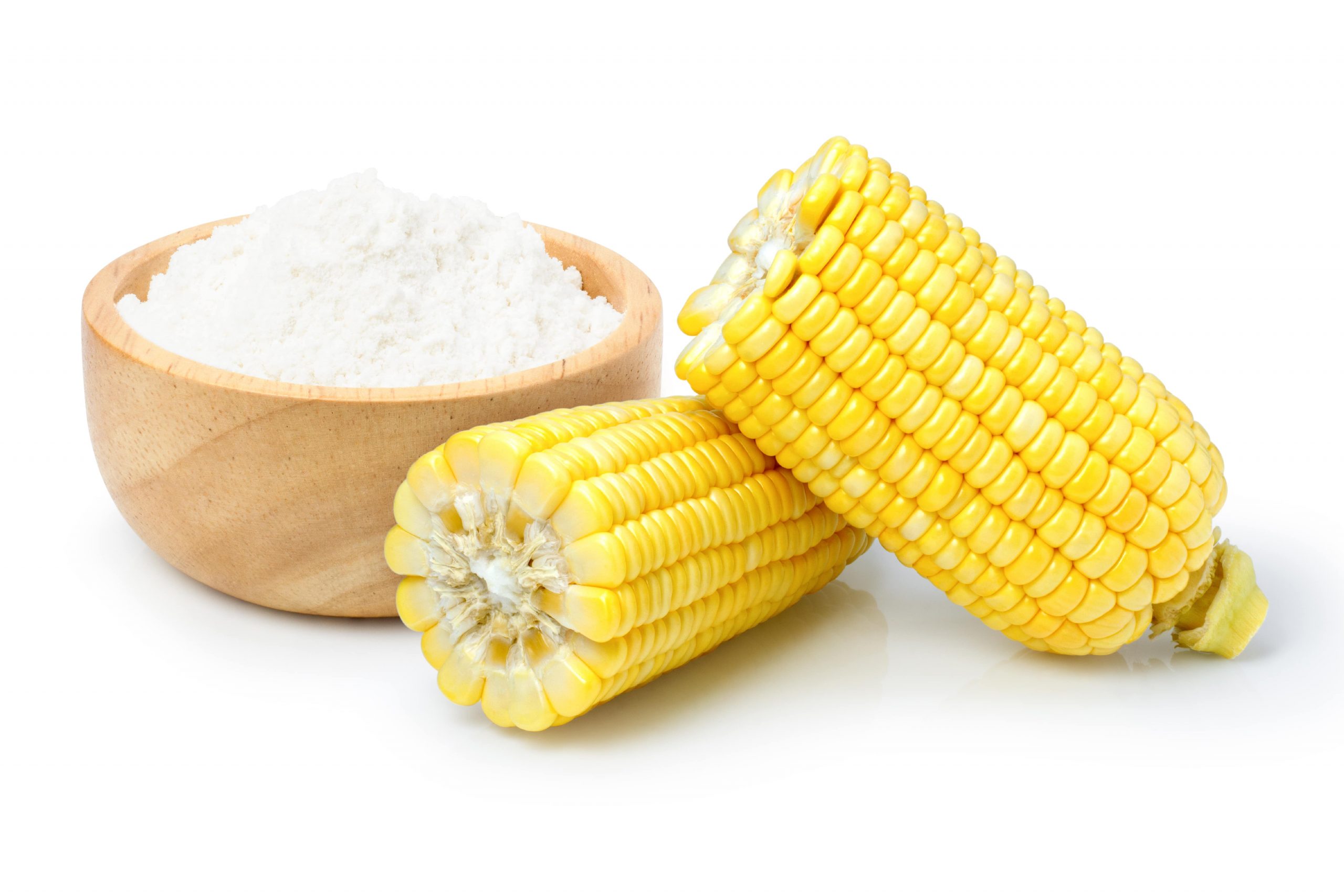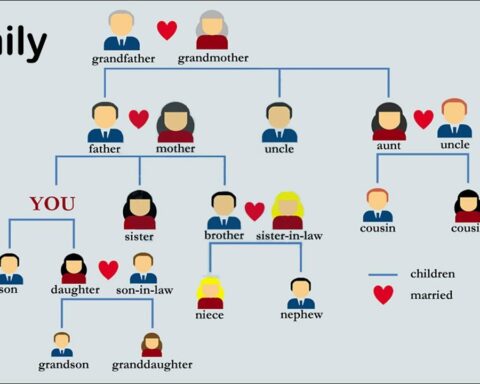Cornstarch and corn flour have one thing in common – they are both made from corn. However, there are great differences in their nutrition profile, uses, and flavor. Their textures also differ.
As you had guessed, corn flour is a fine powder ground from whole corn kernels. On the other hand, cornstarch is also a finely ground powder, but ground from the starchy part of corn. Since both corn flour and corn starch are processed differently and have different nutritional content, they are used differently in the kitchen. Furthermore, they can be referred to by different names in some parts of the world. This article explains the differences between cornstarch and corn flour.
Methods of Processing
Cornstarch and corn flour are both derived from corn. Corn flour is produced by grinding whole kernels of corn into a fine powder. As a result, it contains nearly all the nutrients found in corn such as fiber, protein, vitamins, starch, and minerals. It characteristically yellow. Meanwhile, corn starch is more processed and refined, made from endosperm, which is the starchy center of corn kernels. Cornstarch doesn’t contain fiber and protein as they are the first things to be removed. As per the Food Data Central of the United States Department of Agriculture (USDA) database, 29 grams of cornstarch contains 120 calories, 0 g protein, 0 g fat, 28 g of carbs, and 0 g fiber. On the other hand, 29 g of corn flour contains 110 calories, 3 g of protein, 1.5 g of fat, 22 g of carbs, and 2 g of fiber. Besides its high content of fiber and protein, corn flour provides an array of B vitamins, potassium, magnesium, iron, and other beneficial nutrients. Cornstarch provides no B vitamins.
How About Flavor
Corn flour has the exact taste to that of corn –earthy and sweet. It can be used alongside or as a substitute of wheat flour to make bread, waffles, pastries, and pancakes. Corn flour should not be confused with cornmeal, which is a course flour also made by grinding corn kernels. In fact, cornmeal has a unique and different corn taste compared to corn flour. Conversely, cornstarch tends to add texture only instead of taste, as it is flavorless. In most instances, cornstarch is used to add a thick consistency to dishes.
Naming Practices Leads To Confusion
There is marked confusion when it comes to naming cornstarch. People in Israel, the United Kingdom, and Ireland refer to it as corn flour. They can also refer to corn flour as cornmeal. Therefore, if you are using recipes not generated in the United States, beware of these confusing naming practices. For example, the recipe may actually mean cornstarch when it calls for corns flour or corn flour when it calls for cornmeal. If you are troubled getting to the exact ingredient to use in a recipe, try figuring out which country the recipe comes from. Or you can see how the ingredient is applied in the recipe. If it is used the same way wheat flour is used, then your best shot is probably corn flour. Meanwhile, if it used to thicken the dish, then you should automatically go for the cornstarch.
One Cannot Replace The Other
Since corn flour and cornstarch contain different nutrients and have different texture, they cannot be used interchangeably in recipes. Corn flour for example, is best suited for pancakes, breads, pastries, waffles, and biscuits, alongside or as a substitute for wheat flour. It lends a unique corn taste and yellow color. However, products made with corn flour tend to be crumbly and more dense because it doesn’t contain gluten as wheat. Gluten is a type of protein that gives wheat products a chewy and elastic texture. Cornstarch is mainly used as a thicken agent in stews, soups, gravies, and sauces. If not mixed properly, cornstarch may result to lumps. Be sure to mix it properly with cold liquid before pouring it to a hot dish. Cornstarch lacks protein and fat and cannot be used in any way in place of corn flour in baking. Additionally, cornstarch can be added to fried foods to bring out a crispy finish. However, if you don’t have cornstarch, you can use the following substitutes instead of corn flour:
Wheat Flour
Wheat flour is a finely ground powder made from wheat grains. It contains starch, fiber, and protein. Wheat flour replaces cornstarch in the ratio of 2:1. This means that if the recipe calls for 1 teaspoon of cornstarch, you will need to use 2 teaspoons of wheat flour. To avoid lumps, ensure that you mix wheat flour with cold water first. Additionally, unlike cornstarch, wheat flour contains gluten and should be avoided by people with celiac disease.
Potato Starch
Potato starch is made from the starchy part of potato that is achieved by drying starch content of potato into powder. It is suitable for people with celiac disease as it is gluten-free. It is flavorless and thus won’t distort the taste of the final product. If you are substituting cornstarch with potato starch, remember to use the equal amount, ratio 1:1.
Tapioca
Tapioca is a fine ground powder made from the starchy part of cassava. Unlike cassava plant, tapioca is free of a harmful compound, cyanide as it is treated first for safety. It is also gluten-free and is available in form pearls, flakes, and flour. It replaces cornstarch in the ratio of 1:2, 2 teaspoons of tapioca for 1 teaspoon of cornstarch.
Rice Flour
Rice flour is made by grinding rice grains into a fine powder. It is perfect for noodles, soups, or desserts. Suitable for people with celiac disease as it is gluten-free. It can be used as a thickening agent in place of cornstarch. To get the same effects that cornstarch would yield, use two teaspoons of rice flour for 1 teaspoon of cornstarch.
Conclusion
Cornstarch and corn flour are both produced from corn. They are used differently for culinary purposes. They also contain different nutrients. If you don’t have cornstarch, you can replace it with tapioca or rice flour.
- WHY CAN DRINKING ALCOHOL TRIGGER ANXIETY? - January 7, 2023
- WHAT IS ORGASMIC MEDITATION? BENEFITS + HOW TO - January 7, 2023
- THE BEST WAYS TO PREVENT WEIGHT GAIN THIS WINTER - January 6, 2023






